
Looking at the huge demand of the LED market in the Australian market, LED factories have frequent movements, and they will not need to output OUT!
Beginning in 2014, countries such as the United States, China, South Korea, and Australia will extend their "ban whitening" policy from the existing commercial and industrial sectors to the civilian sector. Energy-saving emission reductions will be implemented in residential interior lighting, and in Australia and other developed markets. In addition to various degrees of subsidy for LED lighting products, policies and regulations have also been adopted to phase out incandescent lamps. Australia has issued a roadmap for phase-out of incandescent lamps since 2007, and there is ample room for growth in demand for LED lamps and lanterns.
The Australian lighting thing
This year's fiery smart light bulb LIFX comes from Australia's smart light bulb developer LIFX. It not only controls the switch through a smart phone, but also adjusts the bulb's color according to your mood. This light bulb can be activated via a wireless network, operated by a smartphone, and various colors can be freely changed.
Global Earth's participation in the largest spontaneous environmental event "Earth Hour" was also initiated in 2007 from Sydney, Australia.
In 2013, a family of 500,000 LED lamps in Australia celebrated Christmas and set a world record. The David Richard family from Canberra, Australia recently installed 520,165 LED Christmas lights in houses and courtyards, setting a Guinness World Record.
The Department of Architecture and Design Science at the University of Sydney began a professional lighting education course in 1979. Future-oriented architects, interior designers, and engineers are popular courses in Australia.
Export Machine
In September of this year, according to survey data, the top ten countries in the platform lighting sales are currently countries such as Australia. Taking the chandelier category as an example, as of the first half of 2014, the United States, Australia, and Canada have become the top three buyers in the country respectively, which together account for about 70% of the total buyers.
The Australian government is committed to the full promotion of LED lighting. In recent years, the mainstream market trend in the Australian lighting market has been the continued growth in demand for energy-efficient lighting products, and solid-state lighting products have experienced significant growth. In 2012, Australia’s lighting market share was approximately US$1.64 billion, of which 53.7% was imported through China, Germany, the United States, and Italy, while 57.2% of imports were from China (including Hong Kong).
Samsung said this year that it plans to seek new growth opportunities in Australia through its LED lighting solutions. This year NVC Lighting's interim report also stated that it will focus on the development of the Middle East, Brazil and Australia markets and begin to expand the Colombian and Norwegian markets. At the beginning of this year, Sunshine Lighting set up a company in Australia. The view of the “money†of the Australian market was broad.
1. Overview of the exhibition
A total of 73 lighting companies including PHILIPS, OSRAM, GE, CREE, ZUMTOBEL, TRIDONIC, THRON, SYLVANIA and other famous manufacturers participated in the exhibition. There were 15 exhibiting companies from China.
Similar to other exhibitions, LED lighting products are still the protagonists of the exhibition. Due to the limited booth area, exhibitors exhibit relatively few products. In terms of international exhibitors, PHILIPS exhibited lighting control systems mainly OLED products and its Bunge Electronics; OSRAM exhibited LED modules and LED applications; TRIDONIC exhibited LED and OLED modules, electronic ballast And intelligent control systems and other products; ZUMTOBEL will arrange the booth as a light interpretation platform, emphasizing the diversity and controllability of LED lighting; CLIPSAL of Schneider Electric exhibited a combination of driving power, dimming system and heat dissipation. The LED modules with integrated structure have won the 2012 Red Dot Design Award. It is noteworthy that the famous chip maker CREE exhibited indoor and outdoor LED applications. This is due to the local downstream production in Australia. Less business reasons.
PET short fiber needle punched nonwoven Geotextile Made from polyester(PET)short fiber by nonwoven needle punched manufacturing process, it has isolation, filteation,drainage, reinforcement, protection and maintenance etc. function.
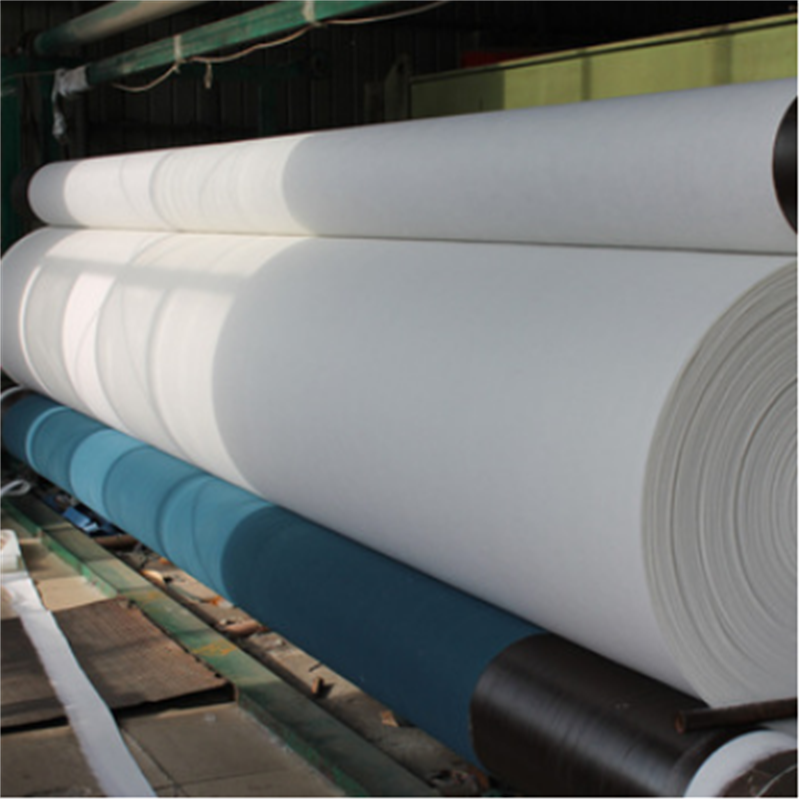
Application Areas
Used in motorways, sport facilities, tunnels and underground facilities, art buildings, underground, agricultural areas, garden terraces, airports, mining fields, railways, solid waste storage areas, irrigation channels and reservoirs, shore protection and isolationareas; as a reinforcementagainst cracks between insulation layers; as a separator between waterproofing and thermal insulation layers; to protect insulation; to drain excess water; to prevent drainage pipes from plugging by wrapping them around; to avoid sinking and in many other applications.
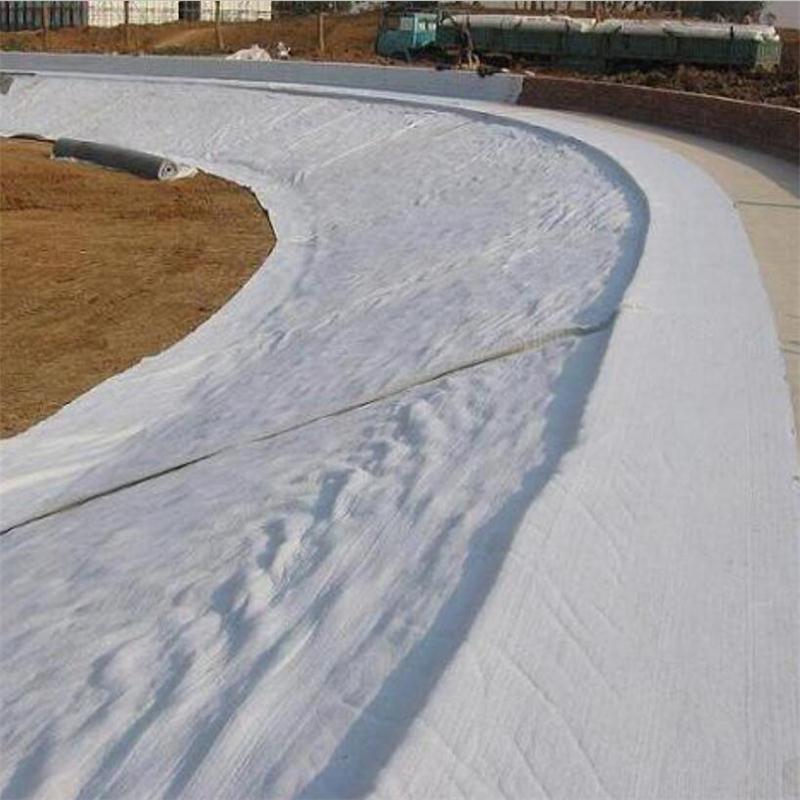
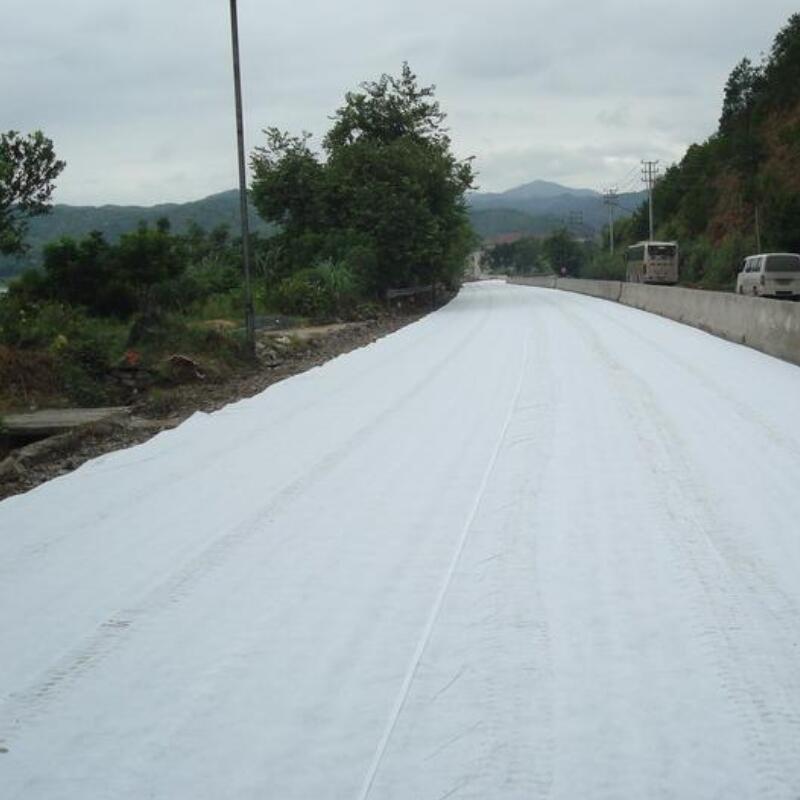
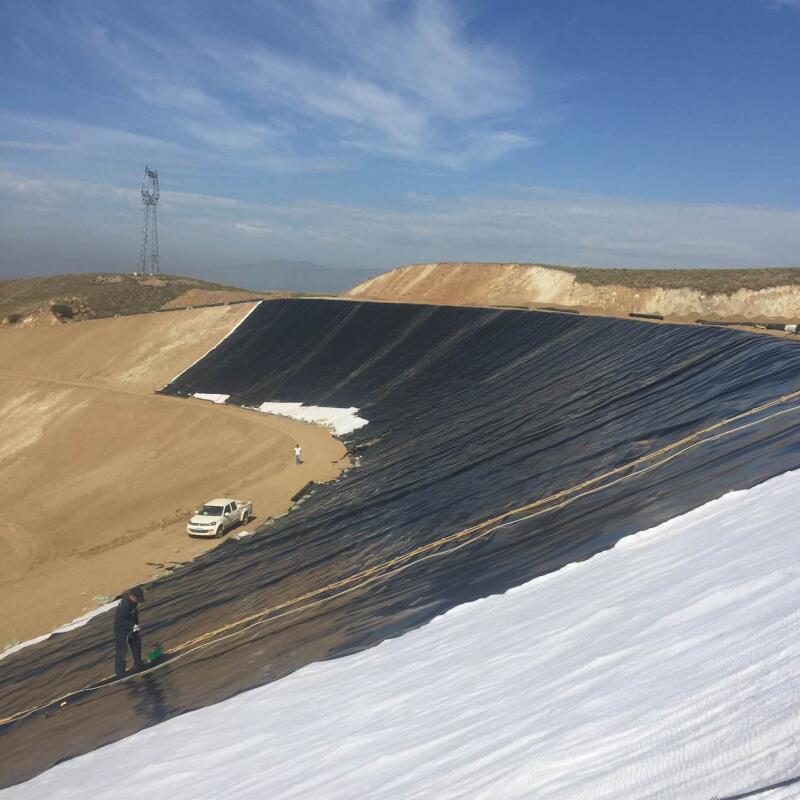
Needle Punched Nonwoven Short Filament Geotextile Technical Parameter
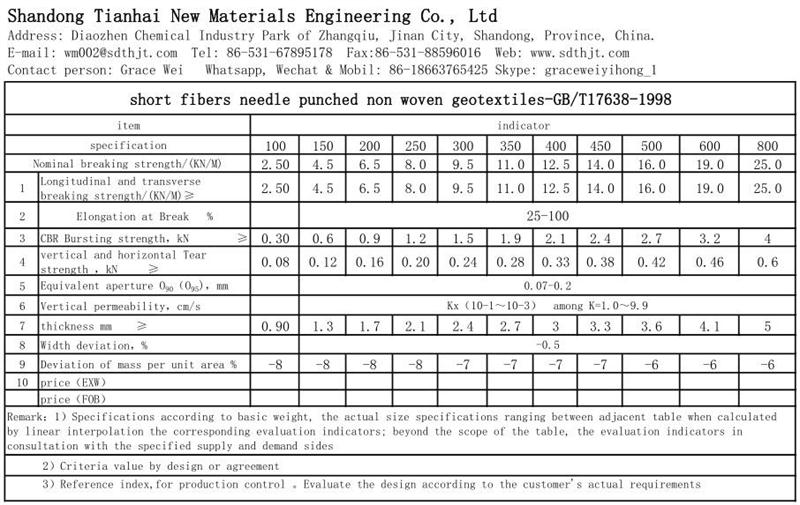
Unit Weight of Geotextile
100g/m2, 150g/m2, 200g/m2, 250g/m2, 300g/m2, 350g/m2, 400g/m2, 450g/m2, 500g/m2, 600g/m2, 800g/m2 or customerized
Contact:

Pet Short Fiber Nonwoven Geotextile
Pet Short Fiber Nonwoven Geotextile,Short Fiber Nonwoven Geotextile Fabric,Pet Composite Geotextile,Short Fiber Geotextile
Shandong Tianhai New Materials Engineering Co., Ltd , https://www.chinatinhy.com